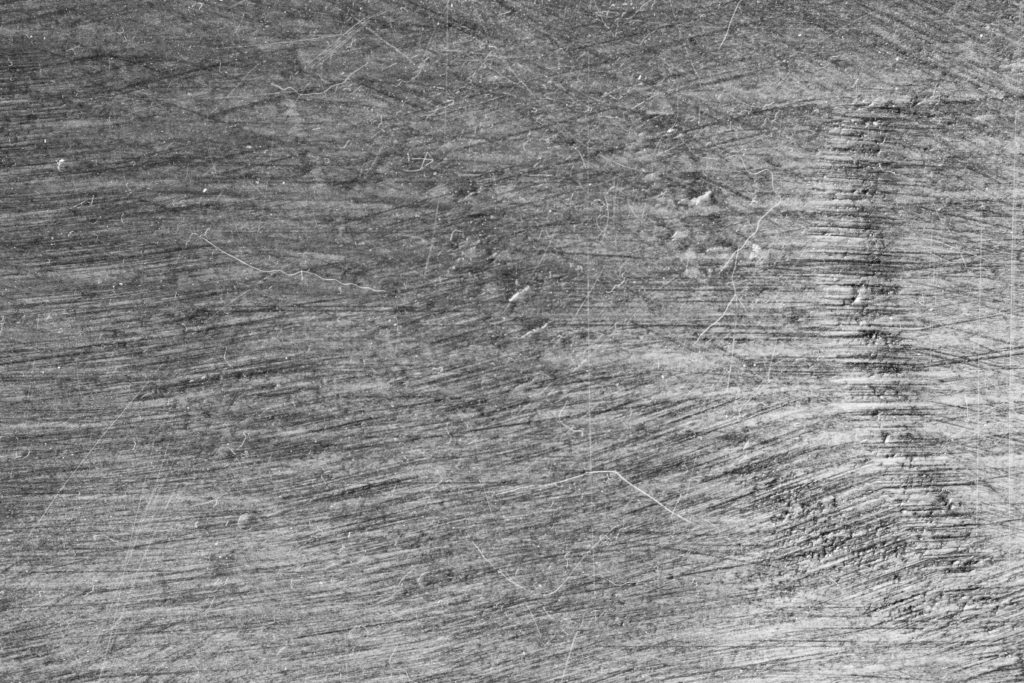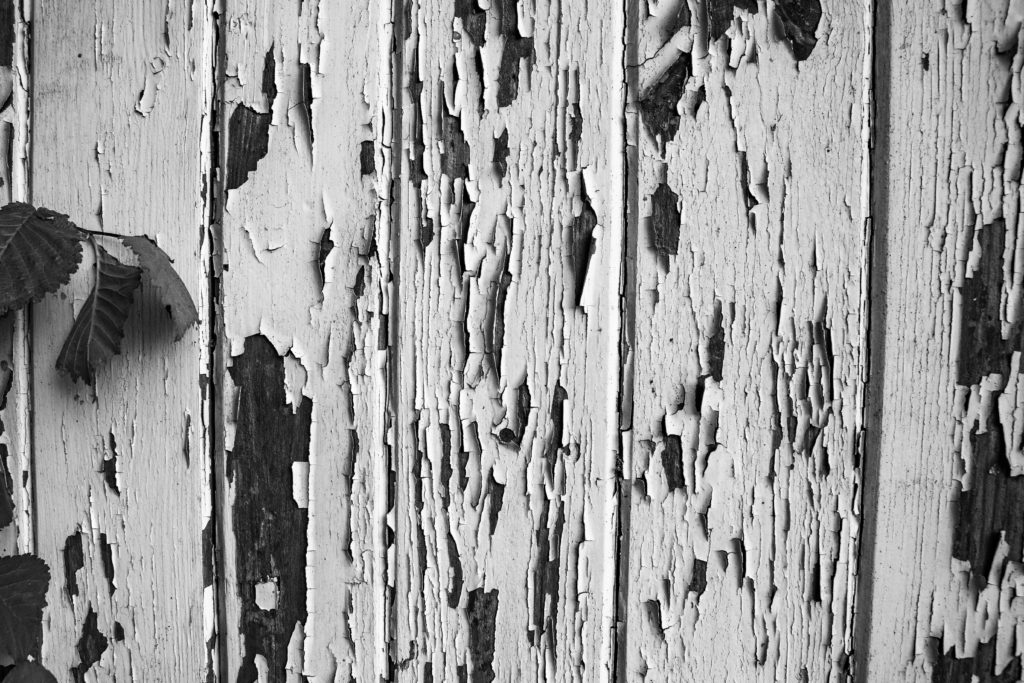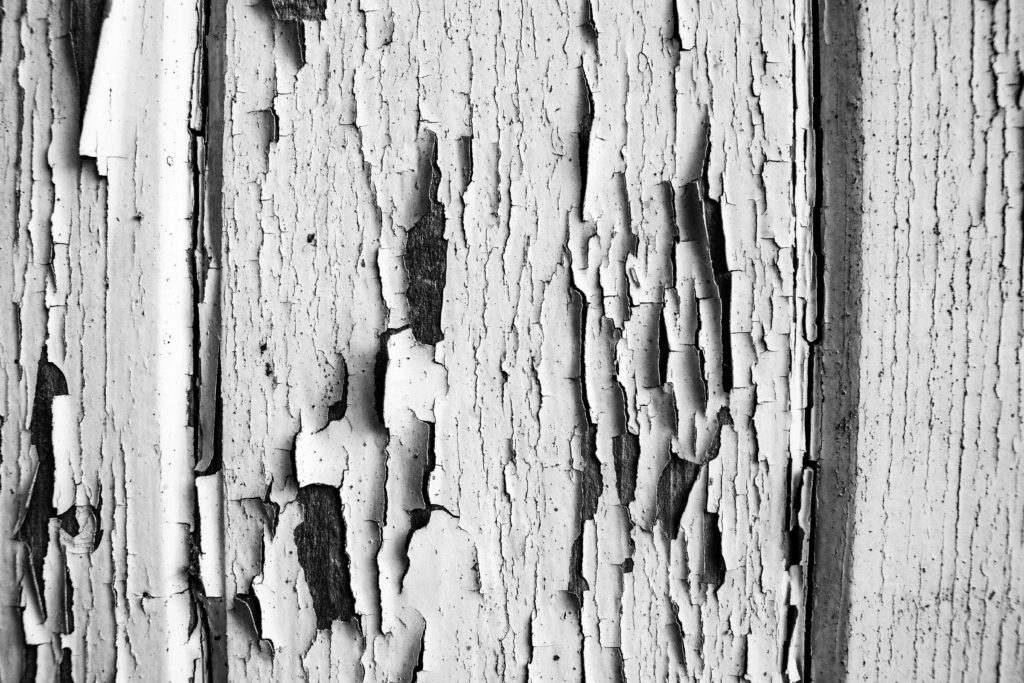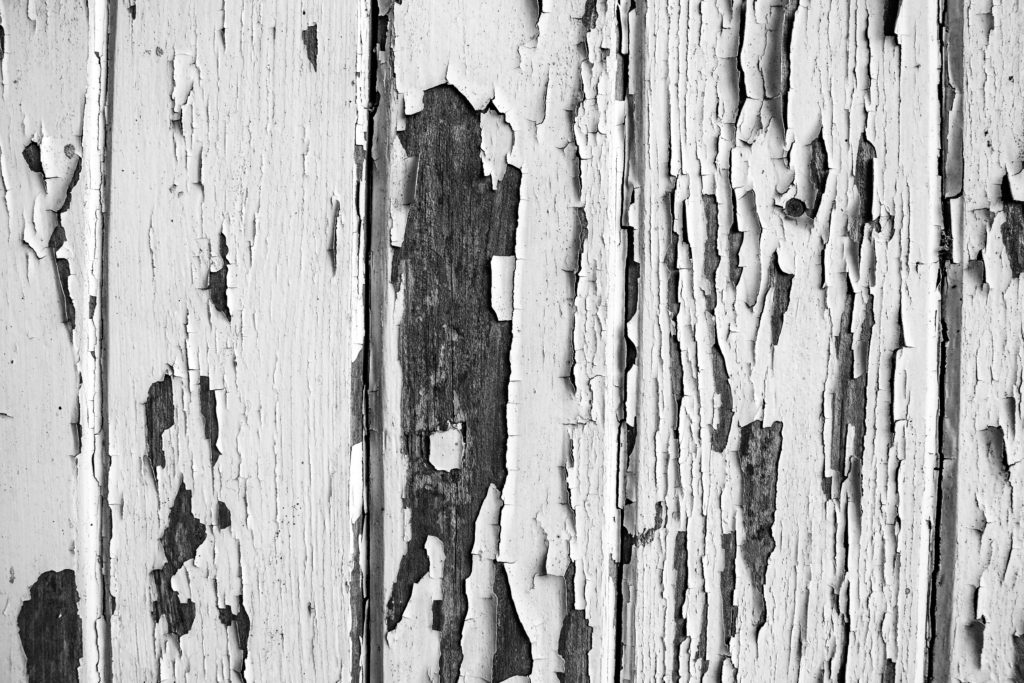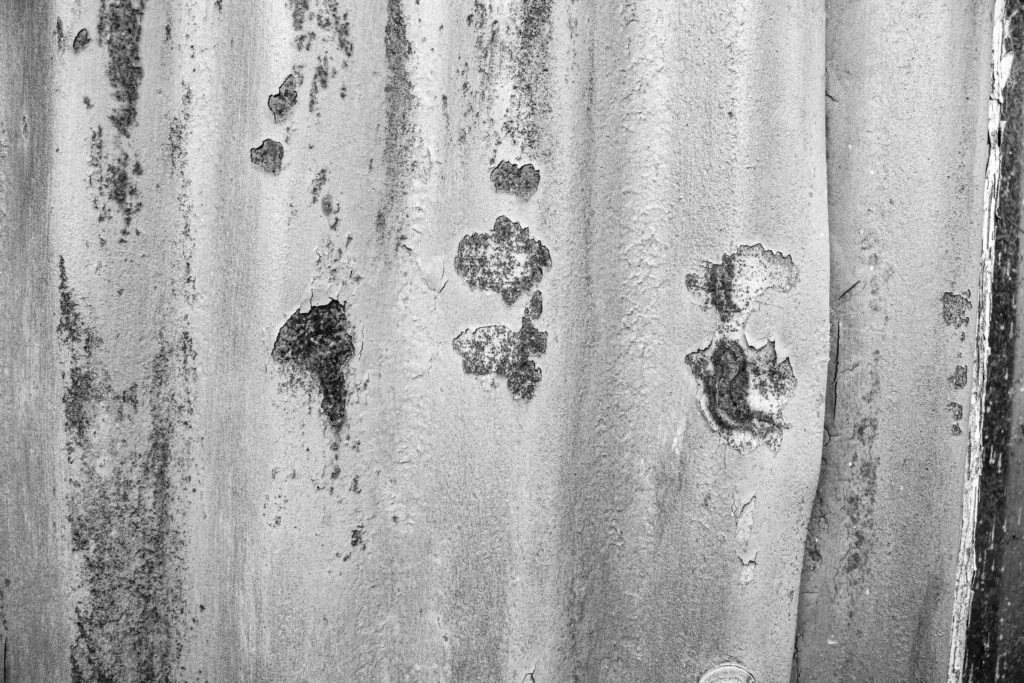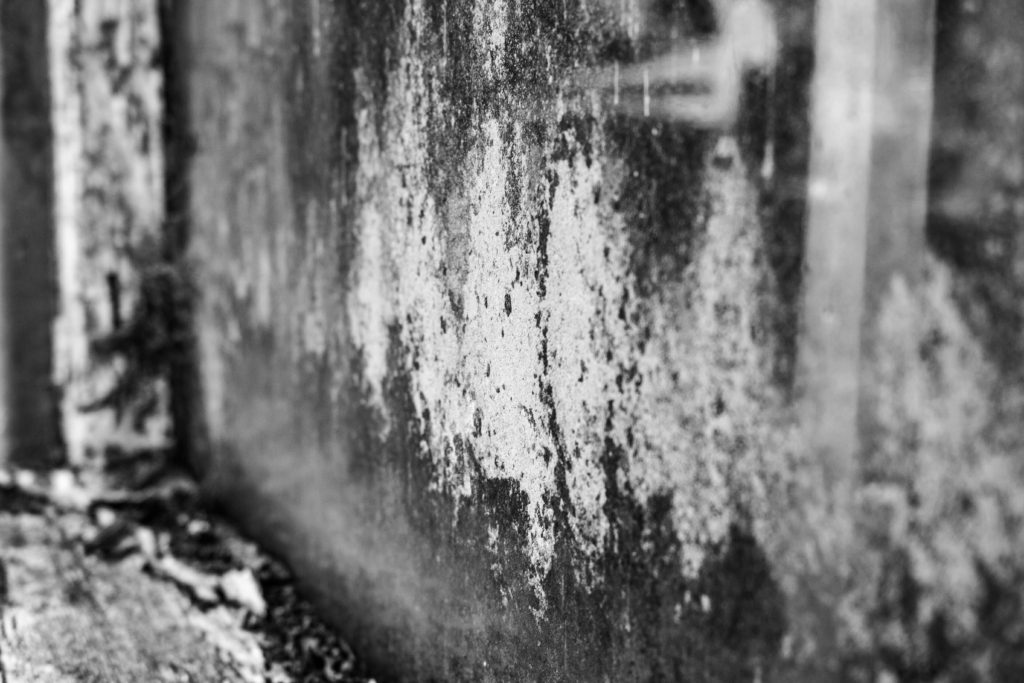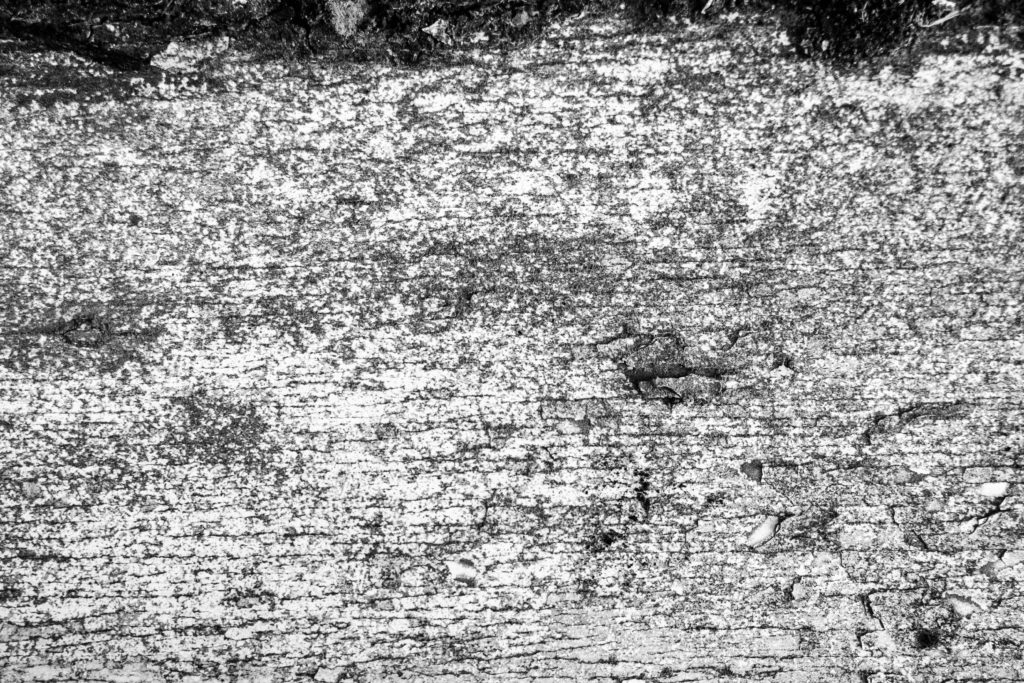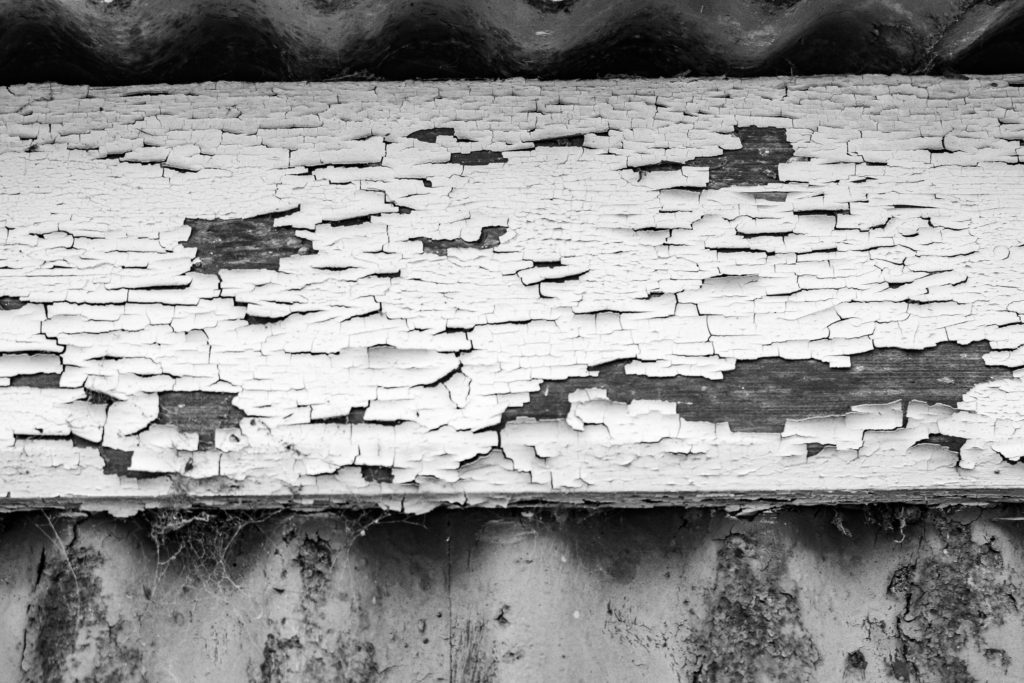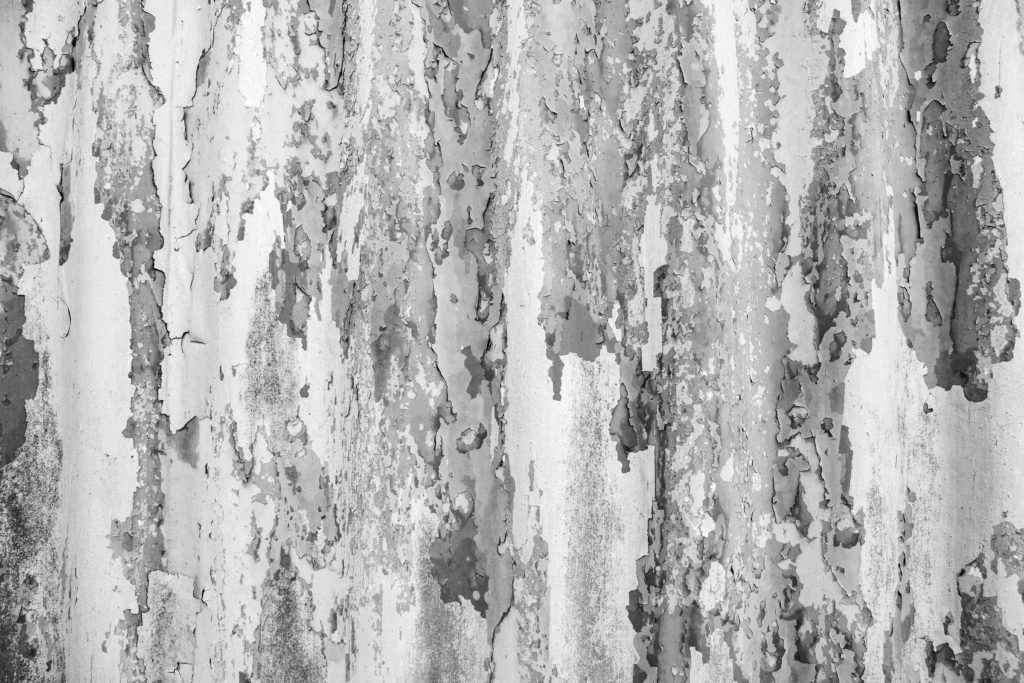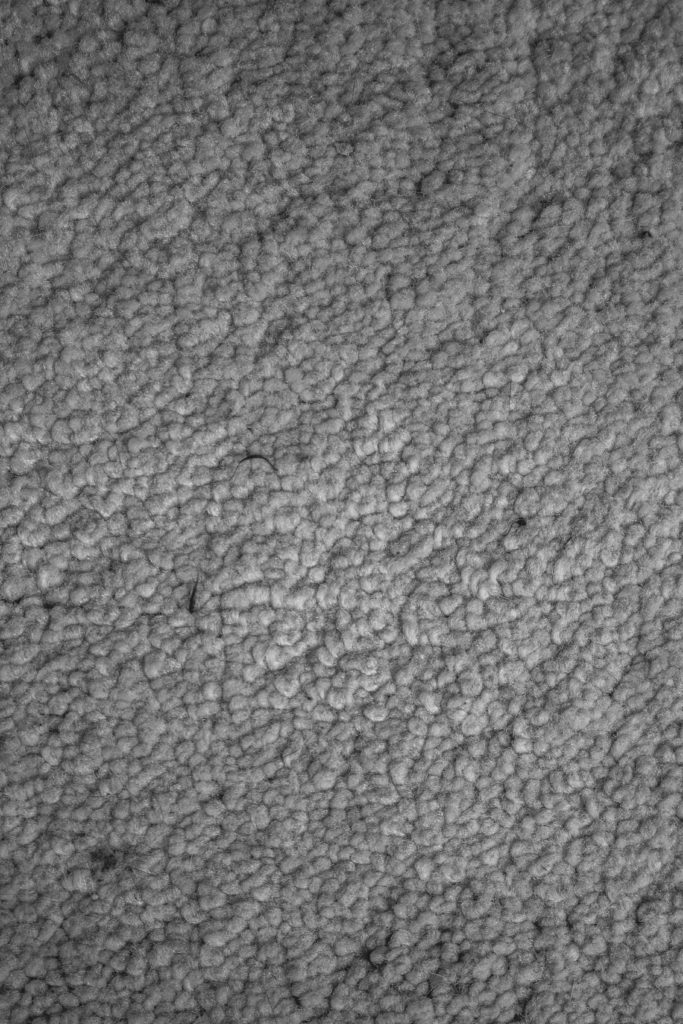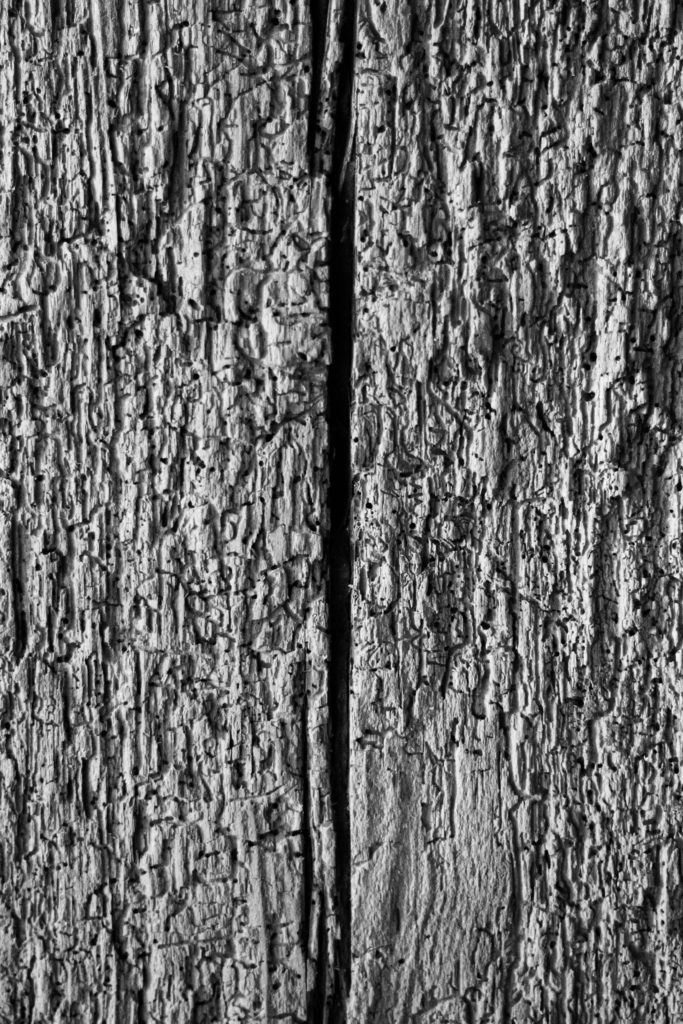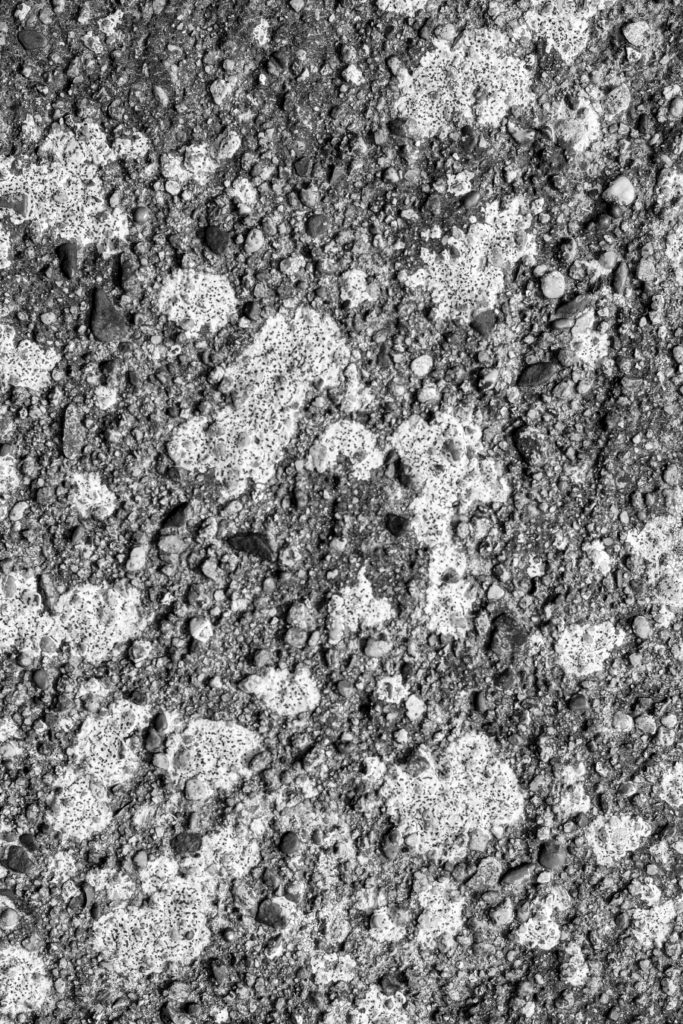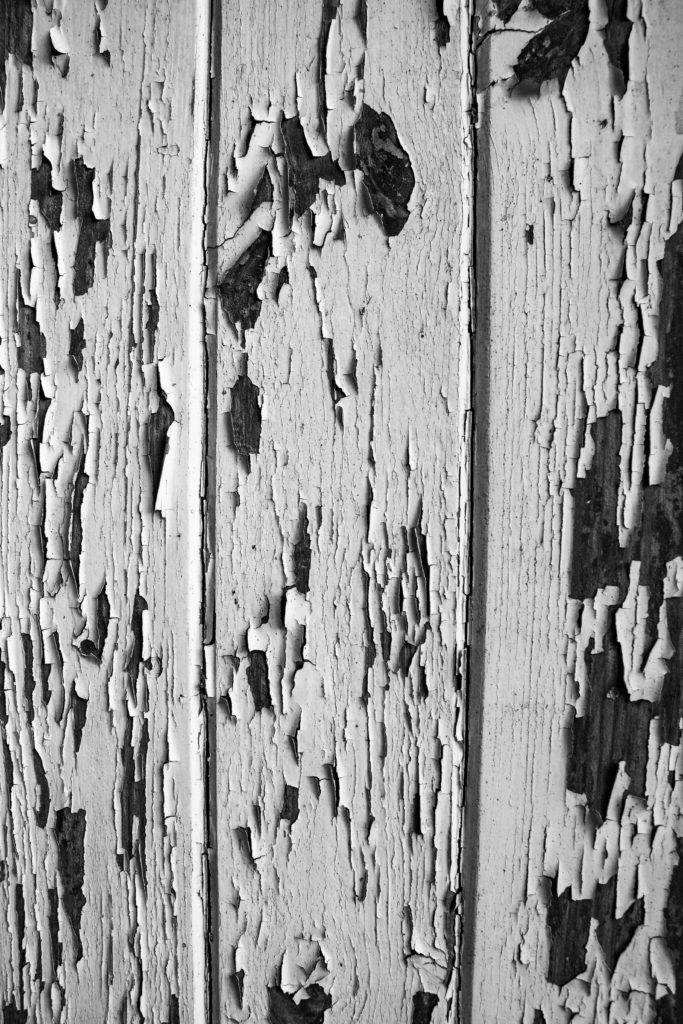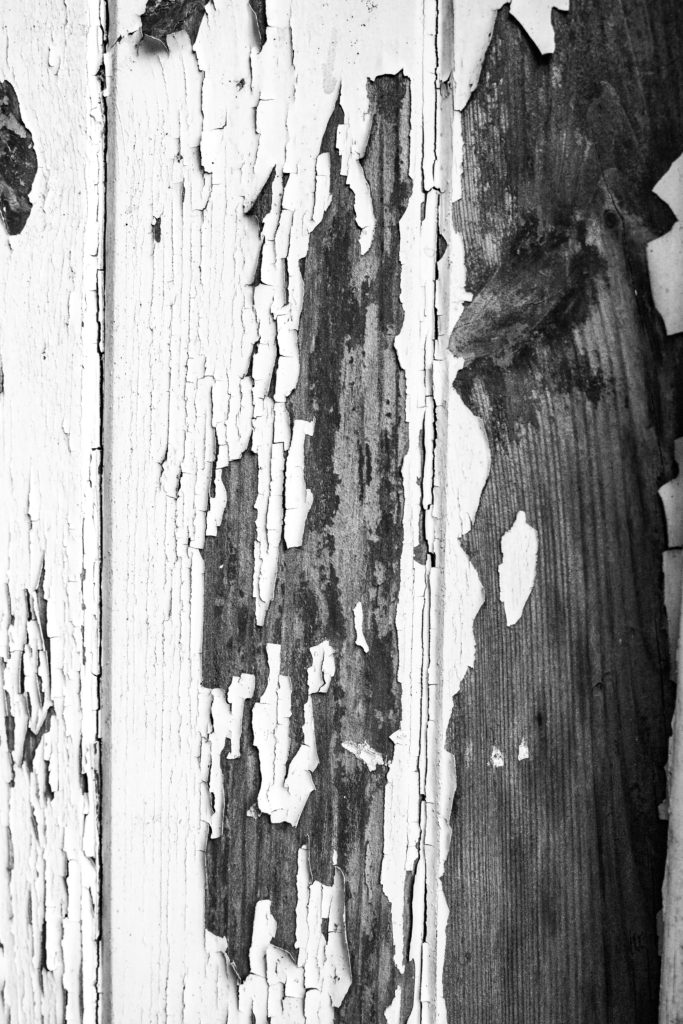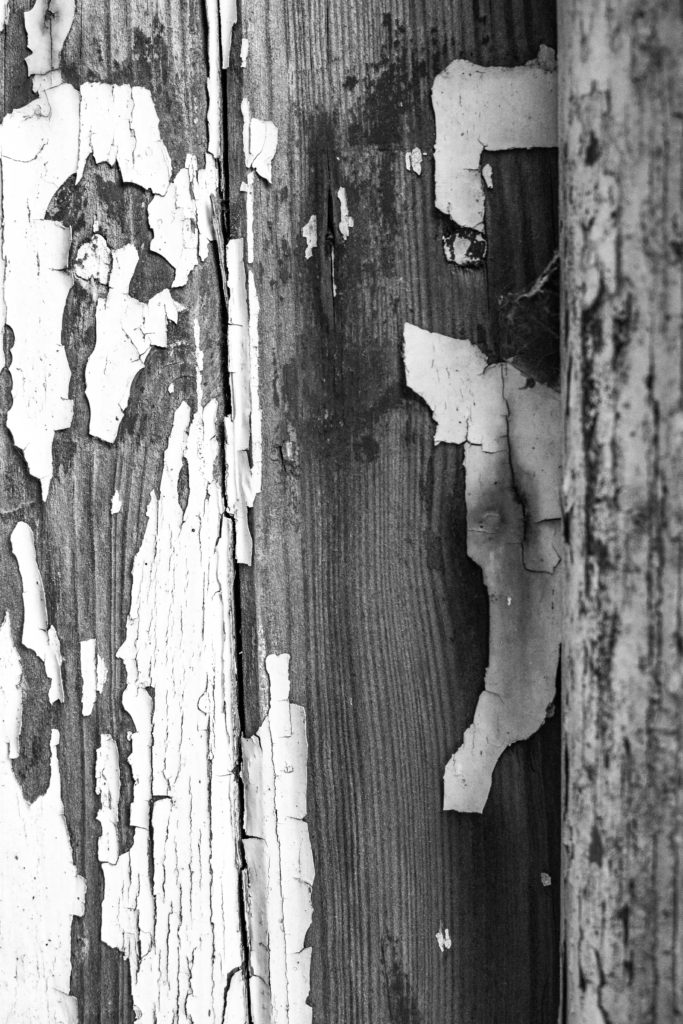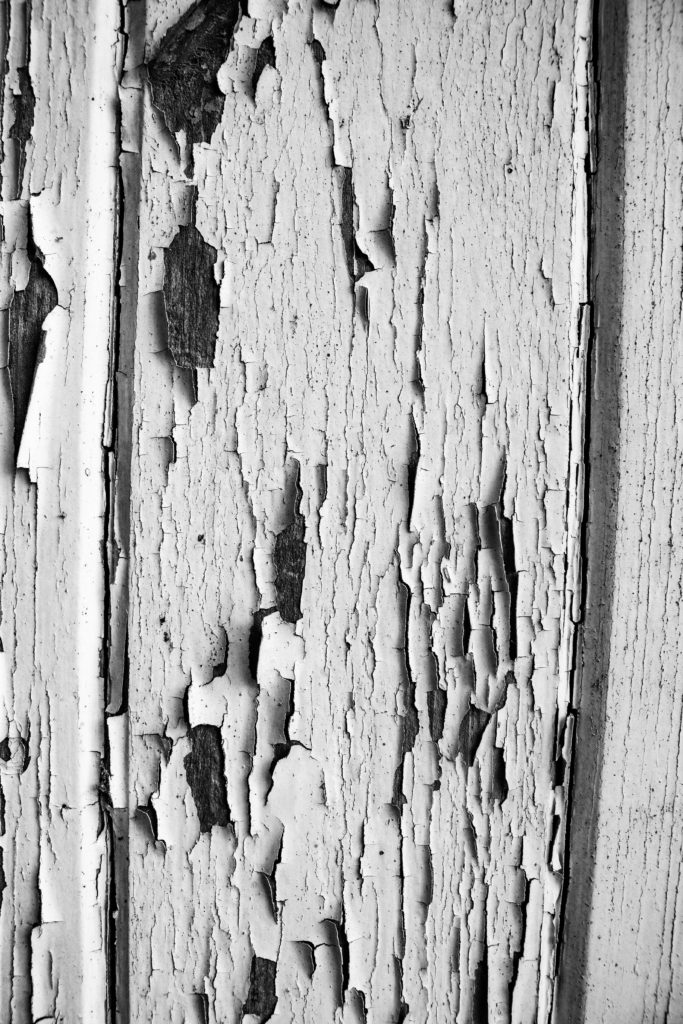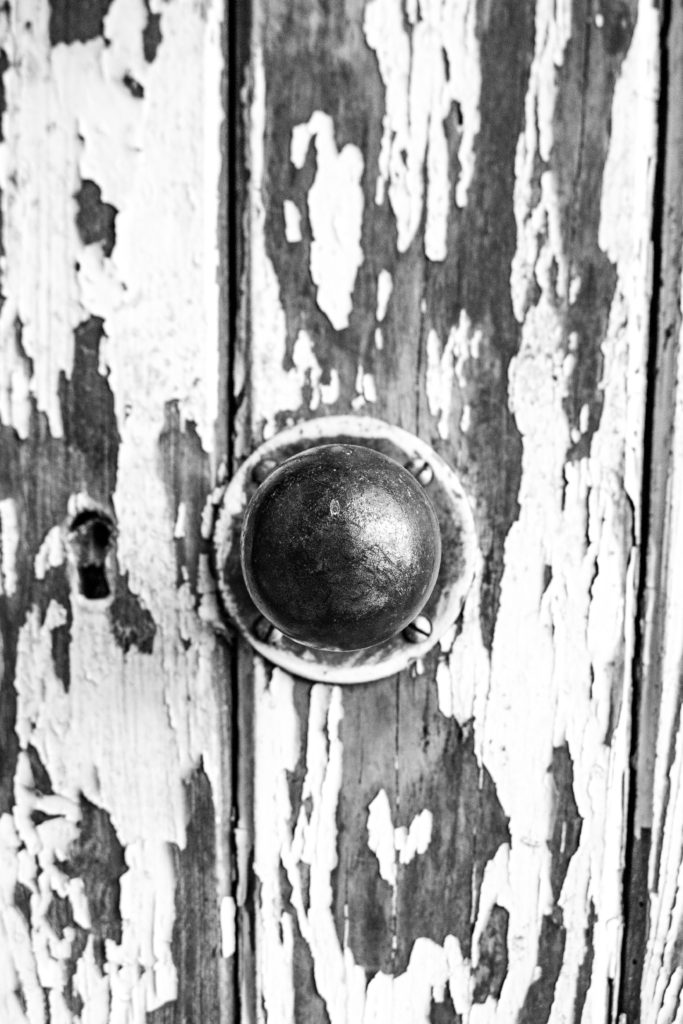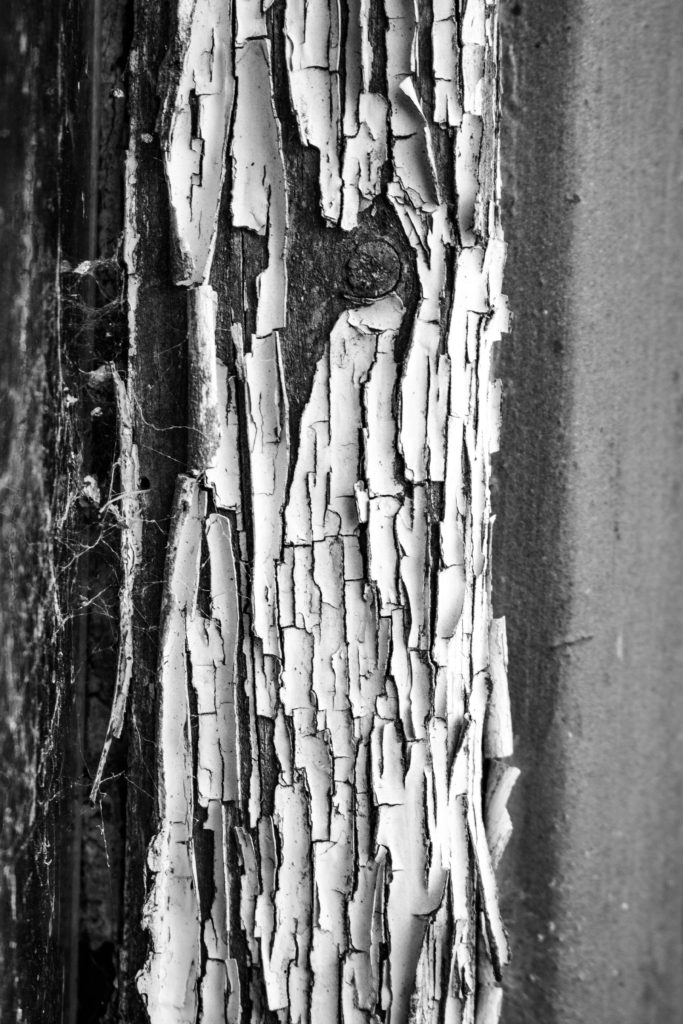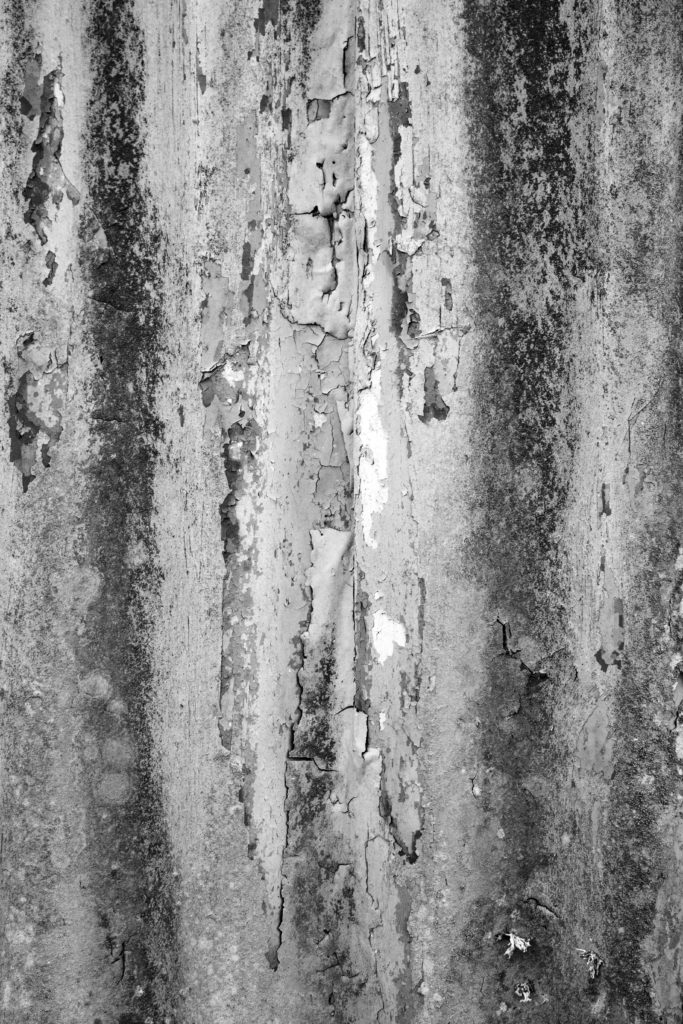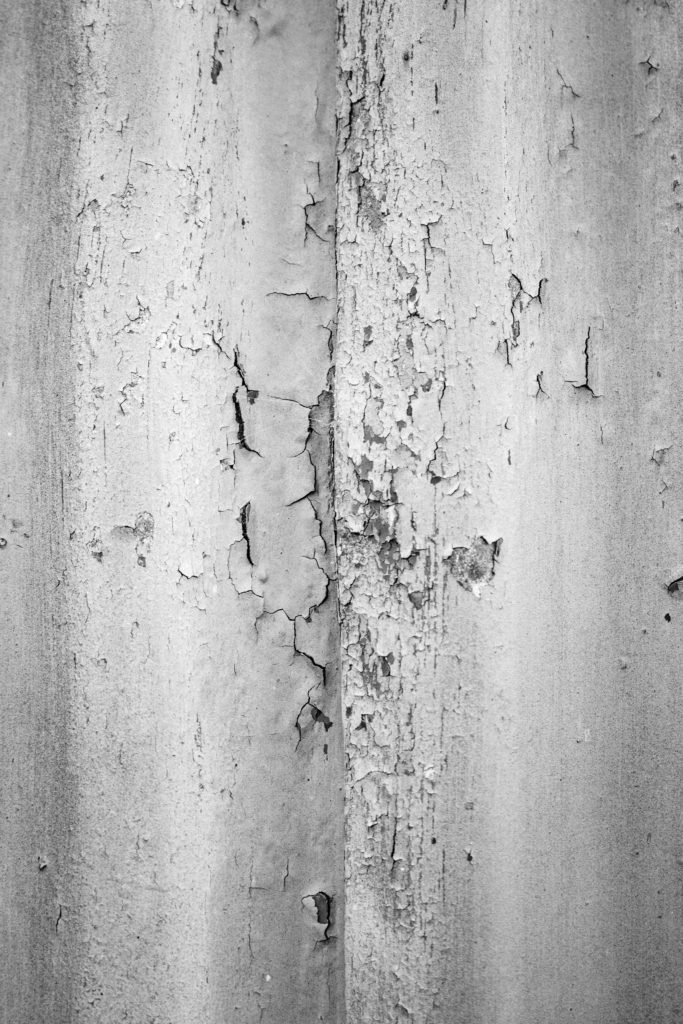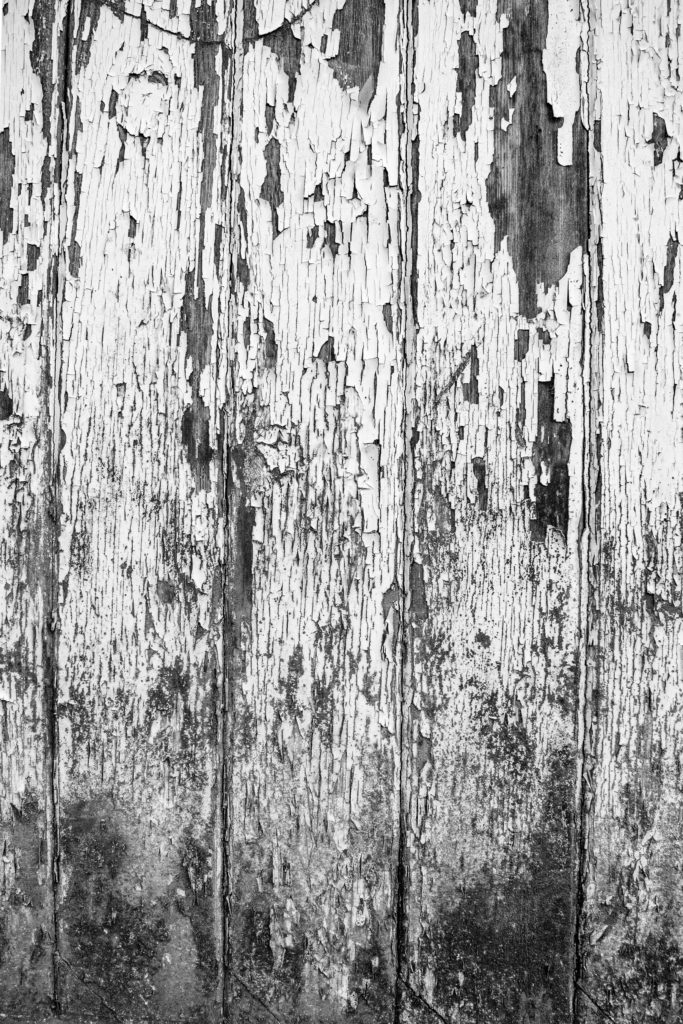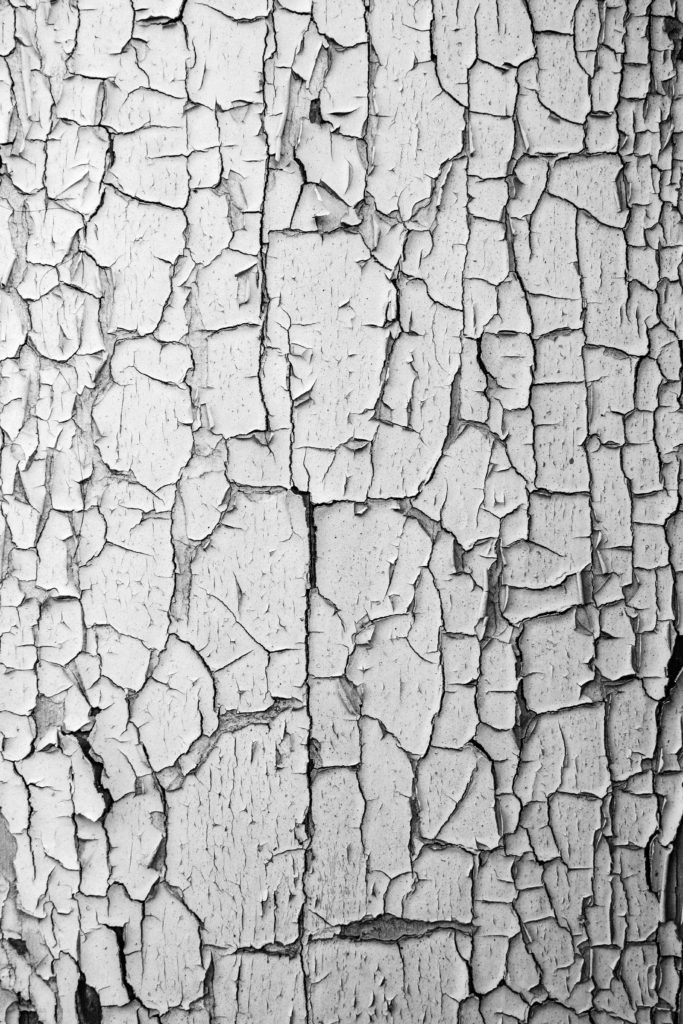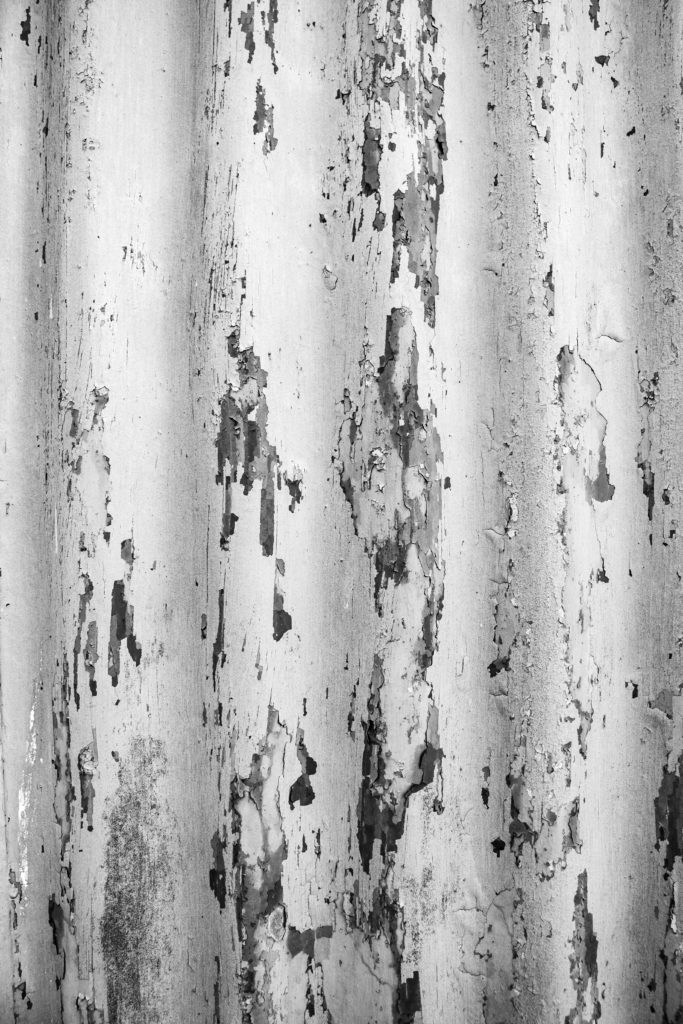Case Study

Aaron Siskind was an American photographer born in New York City 1903. His ‘work focuses on the details of things, presented as flat surfaces’. He grew up on the lower east side of New York City with his Jewish, Russian Parents. Once he had graduated city college he became a grade school English teacher which would be his job for the next 25 years. He didn’t gain a real interest in photography until he was around 26 when he got married in 1929. One of his wedding gifts was a camera which he used on his honeymoon. From then on he became fascinated with photography and the way in which a camera perceives objects. In the 1930’s during Siskind’s early career, he was a member of the ‘New York Photo League’ where he produced numerous series of images, one of those series being the “Harlem Document”. This was a series documenting New York during the depression especially focusing on the area of Harlem. The project was ended by 1941 as America entered into WW2, Siskind had left the Photo League and began to explore ‘Abstraction’. His work was influenced by Abstract Expressionists and his images would often feature along side them. He would spend time framing and positioning his camera to achieve the perfect composition. He would peel paint to create sculptures and manipulate strands of seaweed into calligraphy.
Analysis
VISUAL: This composition was made by peeling the paint in what looks like a wall to create low-relief structure. You can see a lot of texture from the paint, the cracks and the background. The texture, shadows and peeled paint make the image more dramatic and old, it makes the viewer think that it is really old or has gone through something to make it look the way it is. I think natural lighting was used
TECHNICAL: This image is very hard to explain the settings on the camera because the image is very shallow meaning there is not much depth. This makes the image hard to tell what aperture was used because the is not enough depth to show a shallow depth of field. However, I think that this image would have been taken using an aperture ranging from f4 to f9. A low ISO was used because there is minimal grain and a fast shutter was used as everything is sharp. But again this is hard to judge as if a tripod was used then a long shutter may have been used.
CONCEPT/CONTEXT: Siskind liked to transform everyday objects or natural things and transform them into new structures. In this image he peeled the paint on what may be a door to look like it almost like the shape of a person.



